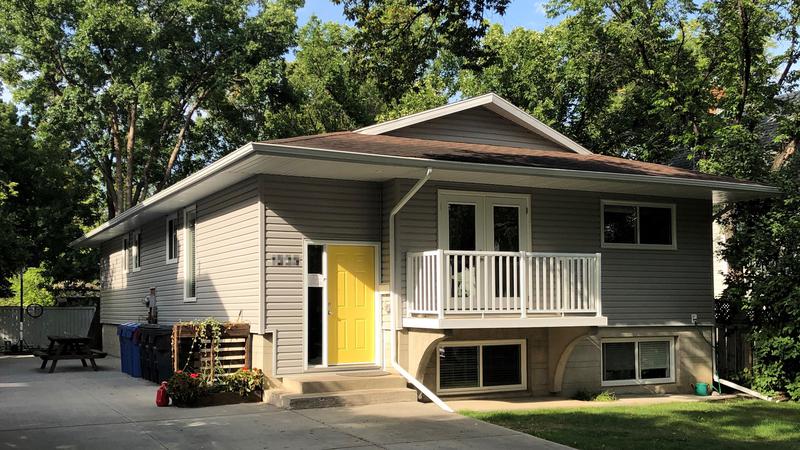
Coutts one of five borders to open for foreign nationals transiting through Canada to Alaska
COUTTS, AB – The federal government has set stricter rules for foreign nationals coming through Canada to get to Alaska.
As of 12:01 a.m. PDT on July 31, new measures will come into effect for travellers moving through the country to Alaska for non-discretionary purposes.
Foreign nationals going to Alaska via Canada:
- Must enter Canada at one of these five Canada Border Services Agency (CBSA) ports of entry:


